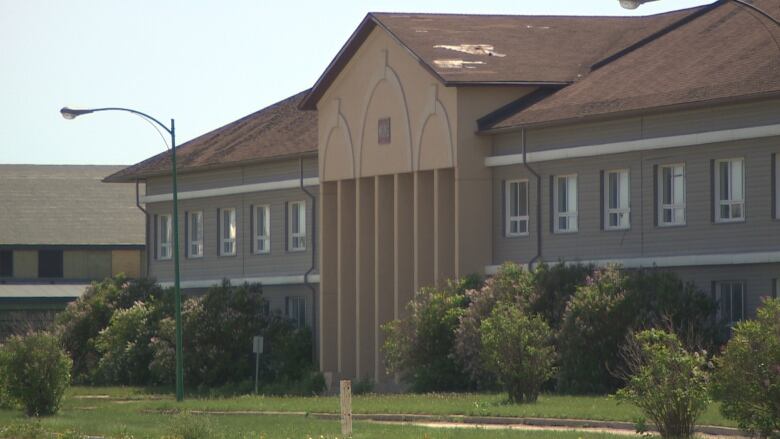Demolition of abandoned Winnipeg military base paves way for urban reserve
Agreement in principle gives First Nations treaty land claim rights to prime Manitoba real estate

Fourteen years after troops pulled out, and a decade after First Nations groups began fighting the federal government in the courts for the property, the long-awaited demolition of the former Kapyong Barracks in Winnipeg has begun.
Opened during the Second World War, Kapyong Barracks was the home of The LordStrathcona'sHorse, the 2nd Battalion Princess Patricia's Canadian Light Infantry and C Battery of the Royal Canadian Horse Artillery. These units have aproud military history, having fought not only in the Second World War but the Korean war, and participatedin NATO and UN peacekeeping missions.
But in 2004, the Patricias, the remaining unit at Kapyong,relocatedtoCFBShilo, about two hours west.The Department of National Defence declared KapyongBarrackssurplus and initially planned to sell it.
The 64-hectare parcel of land was estimated to be worth up to $100 million in2015. Butit got tied up intreaty land entitlement claims and court challenges.
Two months ago, Ottawa signed anagreement in principlewith seven Treaty One First Nations that would turn it into an "urban reserve" land the federal government has designated as a First Nations reserve within a city or town.
"It's going to probably be a billion-dollar development over time," saysLong Plain Chief DennisMeeches, who belongs to one of the First Nations developing the land. "And we want to do it right the first time."
'Buildings have collapsed'
Sandwiched between two affluent residential neighborhoods, the KapyongBarracks are a long-time fixture in the city'slandscape.

Maj.DezDesjardins, who isresponsible for the Armed Forces' property operations in Manitoba, said the military is not allowing access to the buildings. But during a recent tour of the complex, he confirmed their state of disrepair,despite annual costs ofabout $1.5 million for security, taxes and upkeep.
Walking down cracked and pitted paths, Desjardinspointed out holes in the roofs of several buildings.After 14 years of not being used, hesays none of the buildings are salvageable.
"We have standing water. Portions of the buildings have collapsed," he says. "And we've also had some animals living in a couple of the buildings."

In 2015, then-Prime Minister Stephen Harper said he wouldn't appeal a decision by the Federal Court of Appeal, which upheld an earlier ruling that said Ottawa had failed to consult four First Nations about the future development of the site.
The agreement struck earlier this year gives a group of seven Treaty One First Nations the opportunity to develop the land as an urban reserve,providingIndigenousbusinesses the same tax exemptions they get on traditional reserves. There are approximately 120 urban reserves across Canada.
'Strengthening the Indigenous economy'

He says the site of the current barrackswill be a place for Indigenous government offices, retail, arts and culture spaces, hotels and condos,though he cautions that it'stoo early to show any of the plans that have been drawn up.
"Because of its location, it is a high-traffic area. And we are looking at strengthening the Indigenous economy through urban reserves," he says.
There still are some challenges to work through.Part of the deal hinges on the City of Winnipeg getting access to some of the landso it can widen the main thoroughfare running beside it.
The group of chiefs "don't want to sell us the land, and we can't expropriate the land from them, because it's under the federal [government]," says JohnOrlikow, the area's councillor and chair of the city's planning, property and development committee.
"They would like us to lease the land for 99 years. We're not that keen on it, as a city. If we're going to build a road on it, we'd rather have it under the city."
Orlikow knows some local residents aren't happy with the idea of an urban reserve there for example, some have expressedconcernthat a casino may be built on the site. However, Orlikow acknowledges citizenswill be consulted during the development process.
"[Residents] don't know what's going to happen there, so they're curious," says Orlikow. "I'm personally quite excited about it. Ithink it will be a good infill," he says.
But the finished product is still years away.For now, the land is occupied by wildlife and demolition crews.













_(720p).jpg)


 OFFICIAL HD MUSIC VIDEO.jpg)
.jpg)



























































































